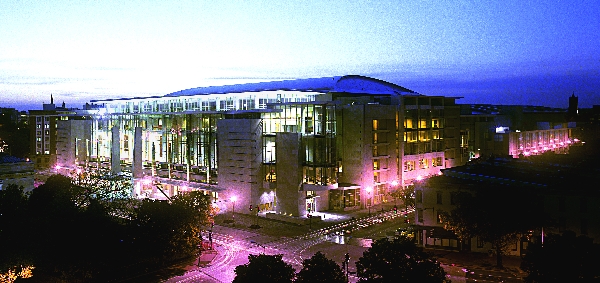DC Convention Center
BAG END PLAYS SMALL, BUT IMPORTANT, DUAL ROLE IN MAMMOTH NEW WASHINGTON DC CONVENTION CENTER |
|||||||
 |
|||||||
| NEWEST WASHINGTON MONUMENT – The largest building in arguably the most powerful city in the free world, the mammoth, $833 million Washington D.C. Convention Center is open for business after nearly ten years in planning, and development. And BAG END plays a role in its audio system. | |||||||
| It’s the largest building in arguably the most powerful city in the free world. The mammoth, $833 million Washington D.C. Convention Center is open for business after nearly ten years in planning, development and construction. Even in this era of excesses, the huge scale of the structure is difficult to grasp.
Three city blocks long and two city blocks wide, the facility covers 2.3 million square feet and boasts four acres of glass walls. It could fit in its footprint both the Washington Monument and Sears Tower, if laid on their sides. Some other amazing statistics: the convention center includes five exhibition halls totaling 725,000 square-feet of exhibit space, 75 meeting rooms comprising 150,000 square-feet, a divisible 52,000 square feet of ballroom space, and 36,000 square-feet of registration space. In addition, another 44,000 square-feet is devoted to retail and restaurant space open to both conventioneers and the community. The facility is divided into three sections: the North Building, which is all exhibition hall space; the Middle Building, which contains both exhibitions space and meeting rooms; and the South Building, which contains a mix of exhibit halls, meeting rooms and ballrooms And the South Building is where BAG END Loudspeaker Systems come into the picture. Twenty-two of a total of 27 BAG END TA1200 Time-Aligned, full-range speaker systems used in the project are installed in the Grand Lobby in the South building, where they serve a dual purpose. (The other five are installed in the “L” Street walkway.) |
|||||||
 |
|||||||
| During development of the project, the scale of the job was so large that the audio/visual contractor, Washington Professional Systems, ran into some cross system utilization issues in certain areas of the building – most notably the Grand Lobby – that had to be addressed, said Pete McNamara, project manager for Washington Professional. “To install enough fire annunciating equipment to fill all the space would have hurt the progress of the job and resulted in finishing the work beyond the required completion date.”
“In some areas, such as the Grand Lobby, the spaces were so large and there was such a huge volume to fill, that we would have had to install fire annunciators every 10 feet to be heard – and there wasn’t enough installation space to install such a system,” McNamara said. “So the solution emerged to use the audio system to piggyback, or augment, the fire alarm system in case of emergency, which is specifically why we chose the Bag End option.” “We used the Bag End speakers for their long-throw, wide dispersion and clear intelligibility characteristics that allowed us to fill a large volume with a smaller number of speakers,” McNamara said. |
|||||||
| DC CONVENTION CENTER GRAND HALL – The main entrance to the mammoth DC Convention Center is the Grand Lobby in the South building, where 22 BAG END TA1200 Time-Aligned, full-range speaker systems are utilized in a dual role. The TA1200s augment, the fire alarm system in case of emergency, which is specifically why the BAG END speakers were selected. | |||||||
|
|||||||
